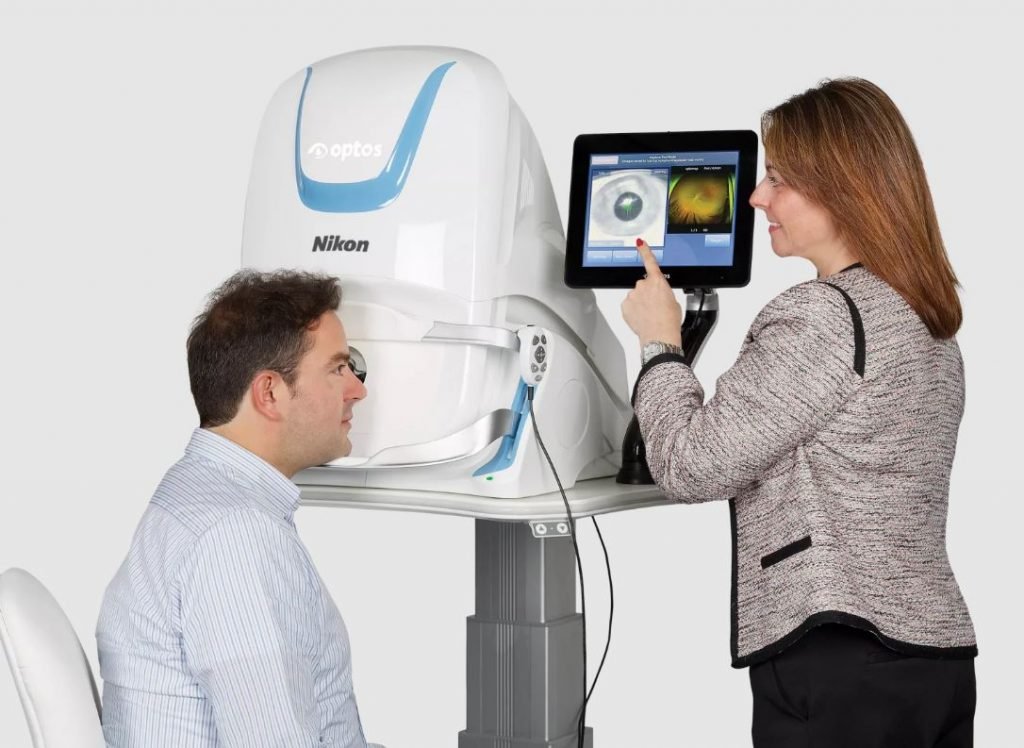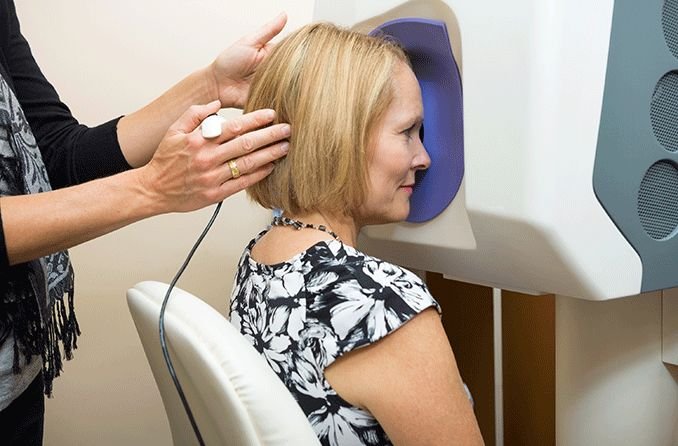Why Is Optomap Not Covered By Insurance

Optomap is a cutting-edge diagnostic tool used by ophthalmologists to capture an ultra-widefield image of the retina. This technology provides a comprehensive view of the retina, which allows for early detection of any abnormalities, including signs of serious diseases such as macular degeneration, diabetic retinopathy, and glaucoma. Despite its benefits, optomap is not always covered by insurance. This article explores the reasons why optomap is not covered by insurance and its implications for patients.
Table of Contents
- Introduction
- What is Optomap and How Does it Work?
- Benefits of Optomap
- Early Detection of Eye Diseases
- Comfortable and Quick Procedure
- Safe for All Patients
- Why is Optomap Not Covered by Insurance?
- Lack of Medical Necessity
- Limited Availability
- Cost Concerns
- The Implications for Patients
- Conclusion
- FAQs
1. Introduction
Eye diseases can be debilitating and even lead to blindness if left untreated. That’s why ophthalmologists have been using optomap technology to detect abnormalities in the retina at an early stage. However, patients who wish to undergo optomap testing may find that it is not always covered by their insurance policies. In this article, we will explore the reasons why optomap is not covered by insurance and how it impacts patients.
2. What is Optomap and How Does it Work?
Optomap is a state-of-the-art diagnostic tool that produces an ultra-widefield image of the retina, which captures up to 200 degrees of the retina. The procedure involves using a non-invasive scanning laser ophthalmoscope (SLO) to capture the images of the retina, which are then stored electronically for future reference.
3. Benefits of Optomap
Optomap has several advantages over traditional methods of eye exams.
- Early Detection of Eye Diseases
- Optomap technology allows for early detection of eye diseases such as macular degeneration, diabetic retinopathy, and glaucoma. Early detection of these diseases can prevent blindness and enable prompt treatment.
- Comfortable and Quick Procedure
- Optomap is a comfortable and quick procedure that does not require any dilation of the pupils, which can be inconvenient and uncomfortable for some patients. The scanning process usually takes only a few minutes, and the patient can resume their daily activities immediately after the procedure.
- Safe for All Patients
- Optomap is safe for all patients, including pregnant women and children. The procedure does not involve any radiation or injections, which makes it a safe and non-invasive diagnostic tool.

4. Why is Optomap Not Covered by Insurance?
Despite the benefits of optomap, insurance companies do not always cover the cost of the procedure. There are several reasons why this is the case.
- Lack of Medical Necessity
- One of the reasons why insurance companies do not cover optomap is that they consider it unnecessary in some cases. Insurance companies usually cover only medically necessary procedures, and optomap may not be considered medically necessary in all cases.
- Limited Availability
- Optomap technology is relatively new, and not all ophthalmologists have the equipment required to perform the procedure. Insurance companies may not cover the cost of optomap if it is not available in the patient’s area or if the ophthalmologist is not trained to perform the procedure.
- Cost Concerns
- Optomap is a relatively expensive procedure compared to traditional methods of eye exams. Insurance companies may not cover the cost of optomap if they believe it is too expensive or not cost-effective.
5. The Implications for Patients
The fact that optomap is not always covered by insurance can have significant implications for patients. Patients who wish to undergo optomap testing may have to pay out-of-pocket expenses for the procedure. This can be a significant financial burden for patients who may already be dealing with high medical costs. Patients may also be forced to choose between opting for the more expensive optomap procedure or sticking to the traditional methods of eye exams covered by insurance, which may not provide the same level of detail.
The lack of insurance coverage for optomap can also lead to a delay in the diagnosis of serious eye diseases. Patients who are unable to afford optomap testing may not receive an early diagnosis, which can lead to further complications and more extensive treatments down the line.
6. Conclusion
optomap is a valuable diagnostic tool that provides a comprehensive view of the retina and allows for early detection of eye diseases. However, the fact that it is not always covered by insurance can be a significant financial burden for patients. The lack of insurance coverage can also lead to delays in diagnosis, which can have serious implications for patients’ eye health. It is essential for patients to be aware of the costs associated with optomap testing and to discuss the procedure’s coverage with their insurance provider and ophthalmologist.
7. FAQs
- Is optomap necessary for all patients?
Optomap may not be necessary for all patients, and its use should be determined on a case-by-case basis by the ophthalmologist.
- How much does optomap testing cost?
The cost of optomap testing varies depending on the location and the ophthalmologist’s fees. Patients should consult with their ophthalmologist to get an estimate of the cost.
- Does insurance ever cover optomap testing?
Some insurance policies may cover the cost of optomap testing, but this is not always the case. Patients should check with their insurance provider to determine their coverage.
- What are the risks of optomap testing?
Optomap testing is a non-invasive and safe procedure that does not involve any radiation or injections. There are no known risks associated with the procedure.
- Can optomap testing detect all eye diseases?
Optomap technology can detect many eye diseases, but it may not be able to detect all of them. Patients should discuss their individual case with their ophthalmologist to determine the best course of action.




